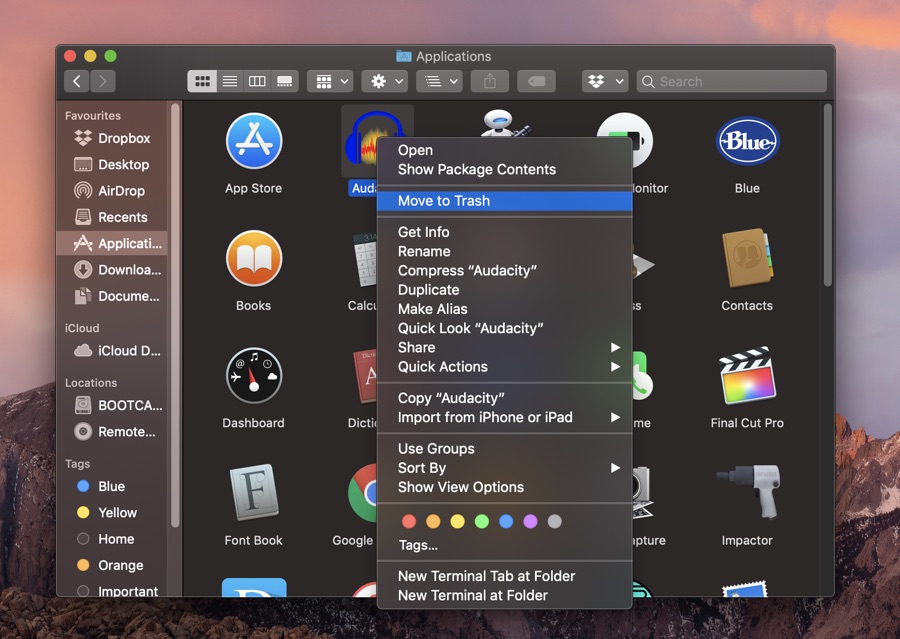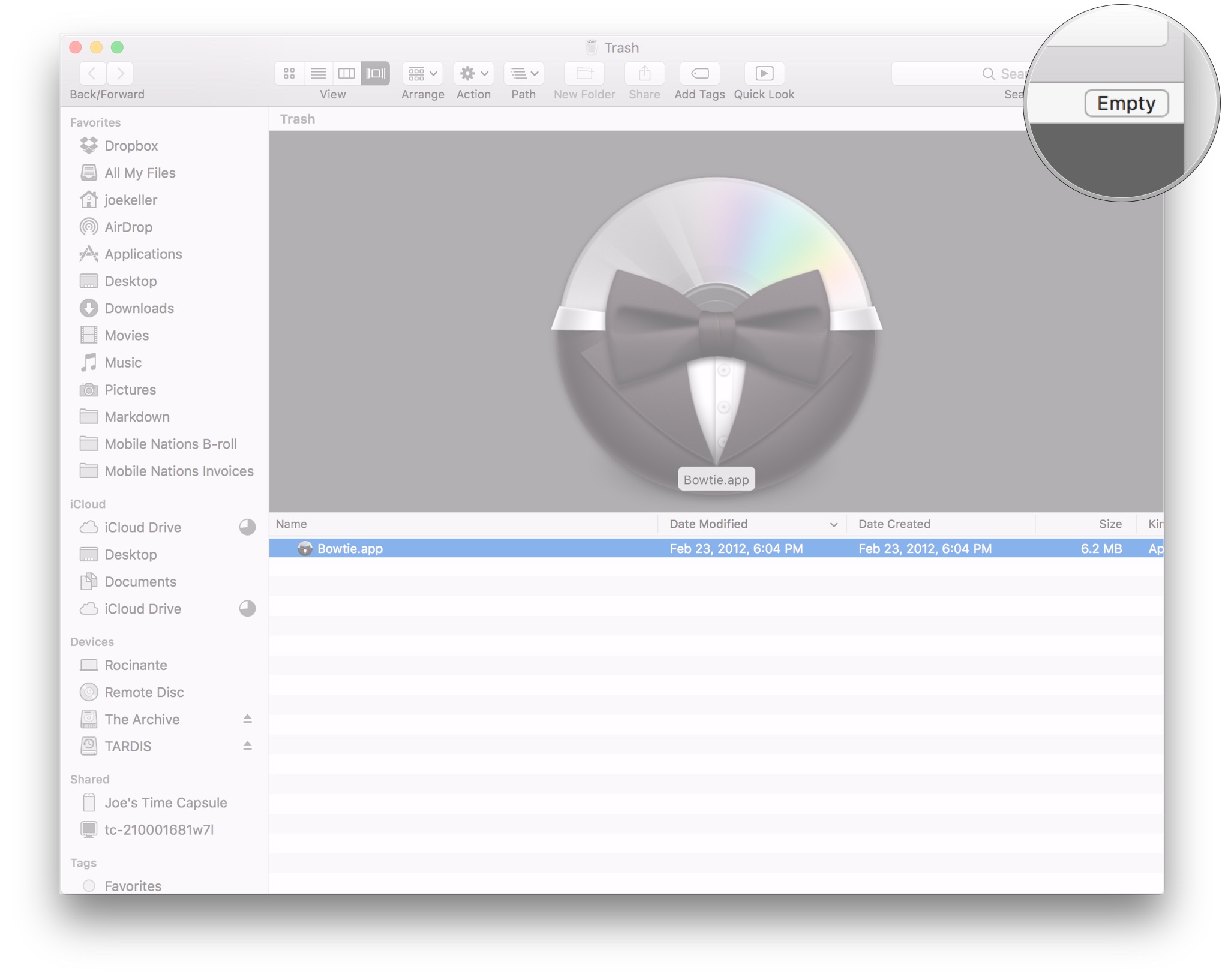The Cisco VPN Client on Mac OS X systems must be uninstalled by running a script via a terminal window. This may be useful to you, particularly if you now wish to use the built-in VPN client for OSX ( http://www.bol.ucla.edu/services/vpn/pptp/docs/macosx.html ):
Cisco Webex is the leading enterprise solution for video conferencing, webinars, and screen sharing. Web conferencing, online meeting, cloud calling and equipment.
Please follow the instructions below:1. Navigate to the following: Mac Hard Drive → Applications → Utilities
2. Start the ‘Terminal’ application.
3. Paste the following command into the Terminal window and hit enter:
4. Follow the instructions to remove the VPN Client and close the terminal
application when it has finished.
NOTE: You will need have the admin password for your computer in order to run the script.
Mac music app iphone. The above path is incorrect here are the correct instructions from Cisco’s web site;
The VPN Client uninstall script uninstalls any previous command-line or GUI version of the VPN Client from your workstation.
To uninstall the VPN Client for Mac OS X
Step 1 Open a terminal window.
Step 2 Run the following command:
sudo /usr/local/bin/vpn_uninstall
Step 3 Enter your password
Step 4 You are prompted to remove all profiles and certificates.
Especially every time there was an 'update'.Always some crap getting into every program, and there were some pretty big lawsuits about the spyware.in bought programs. Mac give app permissions. Microsoft was the most paranoid.tracking everyone.even us legitimate users. Don't get me started.I thought Linux (which Mac is based on???) offered a lot of Free downloads to enhance the confusing, yet enthralling Experience of Not being a PC user.hahhah. Yeah a Big Wheel. One would know why I'd ask these questions.
If you answer yes, all binaries, startup scripts, certificates, profiles, and any directories that were created during the installation process are removed.
If you answer no, all binaries and startup scripts are removed, but certificates, profiles, and the vpnclient.ini file remain.
https://dennin.netlify.app/wordpresscom-mac-app.html. Systems Manager can be used to deploy apps to all of your managed devices through the Systems Manager > Manage > Apps page. The Meraki Dashboard integrates directly with Google Play and both the iOS and macOS App Stores, which allows you to quickly and easily configure and deploy apps to your mobile devices.
For information on deploying custom software from installer files for Windows and Mac devices, see this article. For deploying custom enterprise apps for iOS and Android, see this article.
Initial Setup
To deploy Android apps, you will first need an Android Enterprise domain, either Google or Meraki-managed, bound to your Meraki Dashboard.
To deploy iOS or macOS apps, you will first need your APNs token set up to enable communications with Apple's servers. To push out apps silently to devices, and avoid prompting the end user to sign into an Apple ID or to push apps to macOS at all, you will need to set up your Apple Volume Purchase Program (VPP) account as well, which allows you to centrally manage application licenses. See more info on silent iOS app installs here.
Adding Store Apps
Once you are ready to add your apps, navigate to Systems Manager > Manage > Apps and select 'Add new' at the top right of the page, and iOS/macOS app store, or Android Play Store app.
Search for your application, and click the app entry found to enter the app configuration page. In this example, we show adding an iOS app, but the steps are the same for macOS.
Note: Dashboard does not allow the adding of multiple apps with the same app identifier (i.e. com.carrotcreative.Ham-Horn in the above image). To check which app identifiers have already been added, navigate to the Systems Manager > Manage > Apps page, click on the wrench icon on the right, and add the 'Identifier' column.
Configuring Apps

After adding an app, you'll see an interface similar to the below. Note that Android apps may show slightly different options until changes are saved.
Scope
By default, this app will be pushed down to all devices of the matching operating system, but this can be narrowed down by tag. See tag scoping for more info.
License Method (iOS only)
This is used to specify if an iOS app should be configured to use one of your organizations VPP licenses, instead of prompting the user to sign into their Apple ID. You may use the drop down to select either VPP Codes, VPP User Assignment, or VPP Device Assignment. For more information about VPP, see our article here.
macOS App Store App deployment requires the use of VPP Device Assignment, and as such is always selected for this type of app.
Auto-Install / Auto-Uninstall
Delete Apps From Apple Store
By default, apps will automatically attempt to install on all scoped devices once 'Save Changes' is clicked. To push out an install later, or leave the installation option up to the end user, who can access available apps through the managed Play Store or Systems Manager app, uncheck this option.
CameraFi for mac allows you to go live with your smartphone and mac and make the live video better than anyone. It enables you to add audio, text, and other effects in your live video and also, share your screen as well to make it more attractive. Downloading the app is now easier than ever with the help of android emulator. How to Download and Install CameraFi - USB Camera / Webcam for PC or MAC: Open the emulator software from the start menu or desktop shortcut in your PC. You will be asked to login into Google account to be able to install apps from Google Play. Camerafi app for mac.
Remove with MDM
Selecting this check-box will force the app to be uninstalled when the Meraki management profile is uninstalled. This is important to have checked if you want to ensure that the apps you select are only available to those mobile devices that are managed by Systems Manager.
macOS App Store Apps cannot be removed by unscoping the app or this 'remove with MDM' option. To remove macOS App Store Apps the device will need to send a command to remove the app locally such as sudo rm -r '/Application/AppName' or deploy a script / custom .pkg to do this.
Attempt to Manage Unmanaged (iOS only)
If the device you push this application to is already installed, Systems Manager will attempt to take management over the app, allowing Dashboard admins to push updates and uninstalls for that app. This is only available on iOS 9+, and will prompt the user for confirmation on unsupervised devices.
Backup on Sync (iOS only)

Deselecting this check-box will prevent app-generated data from being backed-up during a sync. This is important for administrators who want to separate personal from organizational/corporate data on an iOS device.
Approval Status (Android)

After saving changes initially, the option to approve the app for your managed Play Store will appear. Users will not be able to access the app for download until you approve it first. See our deployment guide for more info.
Pushing and Updating Apps
After configuring your app, clicking on 'save changes' will automatically push out the app install commands to devices in scope, listed at the bottom of the page. Again, ensure you have VPP app licenses available for iOS apps if applicable, and that you have approved Android apps for end users to access.
To manually re-push apps, you can use the commands under 'Status' to re-push to all scoped devices, or only devices missing the app. You can also selectively re-push the app to specific devices by checking the boxes at the bottom and clicking Manage > Update/Reinstall. This can be used to manually update apps that have new versions available in the app store as well.
For more information on pushing app updates, see this article.